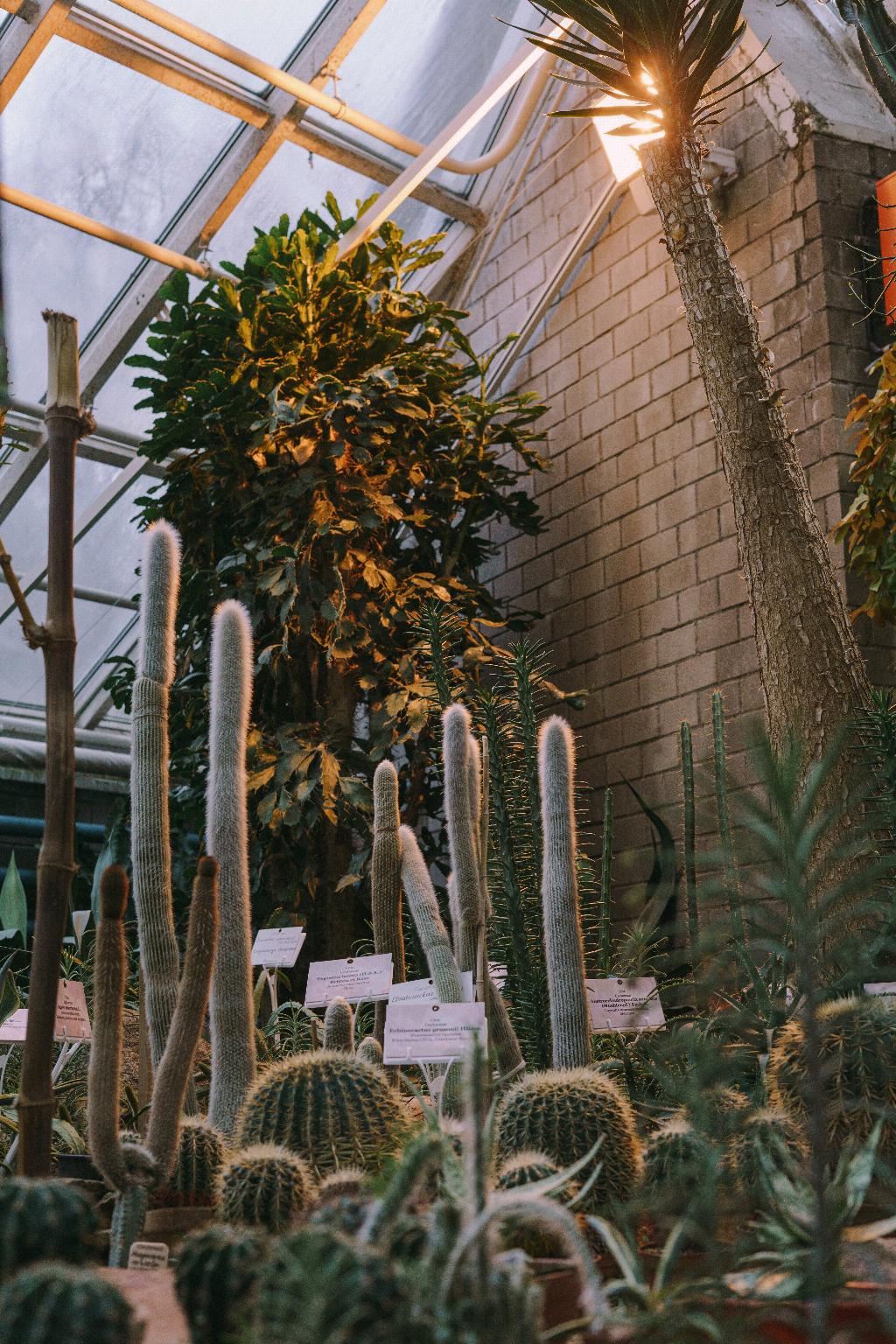Cactus pears, also known as prickly pears, are the fruity treasures that grow on the pads of the prickly pear cactus. These vibrant fruits come in different varieties, each with its unique flavor and appearance. While some cactus pears have a reddish-pink hue, others boast a deep purple color. Despite their prickly exterior, cactus pears are a tropical delight worth exploring.
Identifying a Ripe Cactus Pear
Ripe prickly pear fruit displays distinct characteristics that set it apart from its unripe counterparts. The key indicator of ripeness is the color of the fruit; ripe cactus pears should have a dark, ruby color, devoid of any green ends. Additionally, a ripe prickly pear should easily detach from the cactus pad with a gentle twist. This effortless separation signals that the fruit is at its peak readiness for consumption.
Factors Affecting Ripeness
Several factors influence the ripeness of cactus pears, with environmental conditions playing a significant role. The amount of sunlight, temperature, and watering regime can impact the fruit’s development and maturity. Understanding the ripening process of cactus pears can help you gauge when they are ripe and ready to be picked.
Harvesting and Storing Cactus Pears
When it comes to harvesting ripe cactus pears, it’s essential to exercise caution due to their prickly nature. To avoid any mishaps, use tongs or gloves to pluck the fruits gently from the cactus pads. Once harvested, store the cactus pears in a cool, dry place to maintain their freshness. Proper storage techniques can extend the shelf life of these delectable fruits.
Culinary Uses of Ripe Cactus Pears
Ripe cactus pears are not only visually appealing but also versatile in the kitchen. From making refreshing drinks like prickly pear lemonade to creating exotic salads, there is no shortage of culinary delights that feature cactus pears. Experiment with different recipes and dishes to savor the unique flavor profile of ripe cactus pears.

Conclusion
In conclusion, understanding the ripeness of cactus pears is crucial for enjoying their sweet and succulent flesh. By familiarizing yourself with the physical characteristics of ripe cactus pears, factors affecting their ripeness, as well as best practices for harvesting and storing them, you can fully appreciate these tropical treasures. So, the next time you come across a cactus pear, remember to look for the telltale signs of ripeness before indulging in its juicy goodness.
